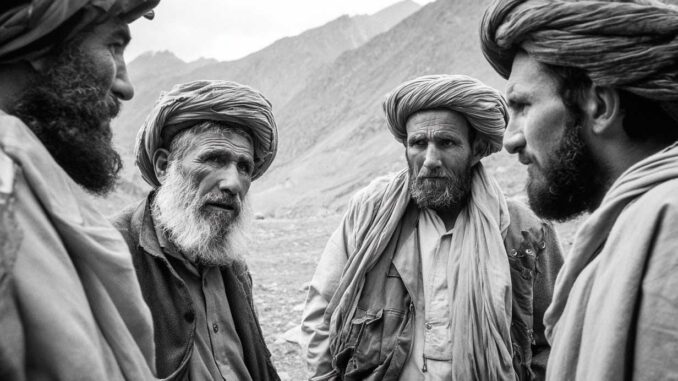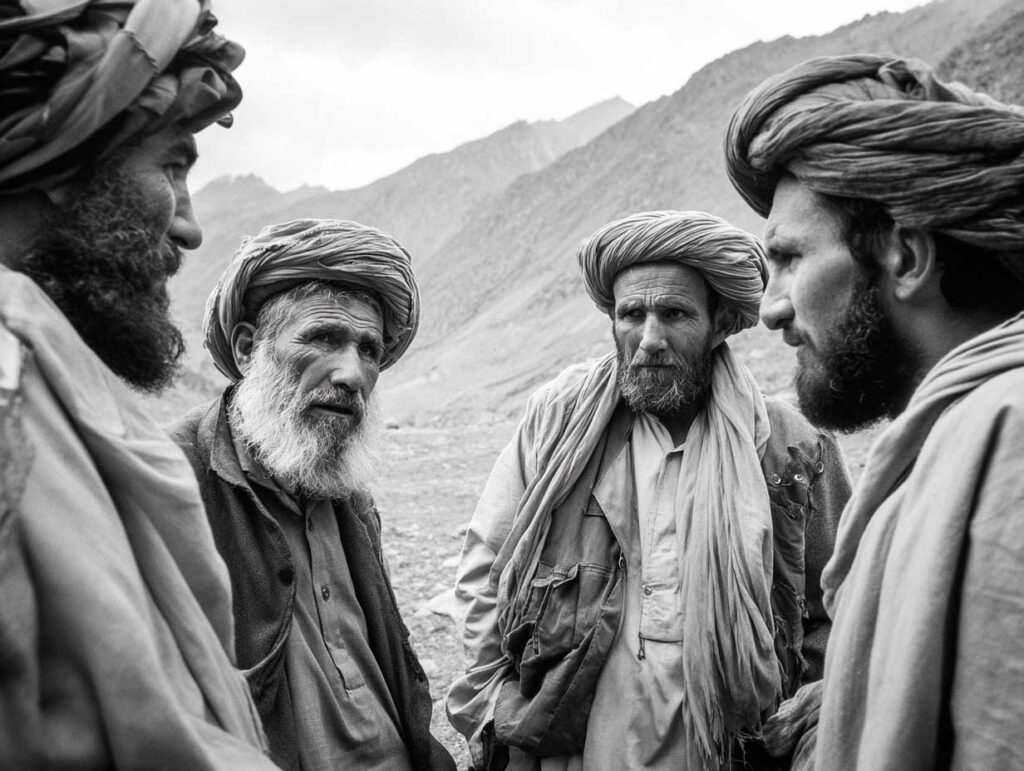
Pakistan conducts airstrikes in Afghanistan against the Taliban and TTP; border conflict intensifies despite fragile 48-hour truce.
Summary
On October 15, 2025, the Pakistani Air Force carried out strikes inside Afghanistan, targeting positions of the Afghan Taliban as well as hideouts of the Tehrik-i-Taliban Pakistan (TTP) in the areas of Kabul, Kandahar, and Spin Boldak. The raids destroyed infrastructure and fuel tankers, killing dozens of people. In retaliation, the Taliban counterattacked with Soviet armored vehicles against Pakistani posts. A 48-hour ceasefire was announced the same day, but sporadic skirmishes continue along the border. This escalation highlights the risk of a wider conflict in the region, threatening the stability of Afghanistan, Pakistan, and neighboring countries. The intervention marks a break in the once ambivalent relations between Islamabad and Kabul, amid a geopolitical realignment.
The launch of air strikes
Pakistan justifies its strikes as a punitive response to repeated attacks by militant groups based in Afghanistan (notably the TTP) targeting military and civilian posts on its territory. The Pakistani Ministry of Foreign Affairs stated that the operation was aimed at neutralizing camps, strengthening border security, and deterring further incursions. The targeted areas—Kandahar, Spin Boldak (on the border with Pakistani Balochistan), and areas of Kabul — indicate a desire to target weapons caches, supply lines, and fuel depots. According to Afghan sources, several tanker trucks were destroyed, causing secondary explosions and collateral damage in urban areas. Pakistan has not released an official death toll, but Afghan media reports indicate more than 20 deaths in Spin Boldak alone. These strikes mark an escalation from previous cross-border actions, with an overt aerial dimension.
The Taliban and TTP response
The Taliban’s reaction was not limited to statements. Soviet tanks (T-54/T-55 or similar models) were mobilized to target Pakistani posts in border areas. Conventional artillery fire accompanied this counteroffensive, aimed at demonstrating Afghanistan’s capacity to respond. Some analysts believe that this is as much a political message to Islamabad as it is a genuine military escalation. The TTP, an ideological ally of the Taliban, claims that its leaders and camps in Afghanistan were being attacked, justifying a broader response. These combined maneuvers reflect a tactical fusion between Afghan territorial defense and TTP interests, blurring the lines of confrontation between state forces and insurgent groups.
The 48-hour truce: fragile but significant
Following the intensification of fighting, Islamabad and the Taliban government in Kabul announced on October 16 a temporary 48-hour truce, effective from 6:00 p.m. Pakistani time (1:00 p.m. GMT). The Pakistani statement indicated that the pause had been requested by Kabul, while the Taliban said they had accepted it “at Pakistan’s request.” During the truce, Afghan forces are ordered not to retaliate except in cases of direct aggression. However, isolated skirmishes, artillery fire, and sporadic exchanges continue in the border areas. The context for compliance is delicate: each side is watching the other closely, especially since the truce comes after several days of deadly violence. Will the limited duration of 48 hours be enough to ease tensions? That will depend on the political will and military discipline of the belligerents.

Human toll and material damage
Initial reports indicate that more than a dozen civilians have been killed and hundreds wounded in Afghanistan, particularly in Spin Boldak. In Pakistan, civilian casualties are lower, but the media are reporting casualties among soldiers and damage to border villages. The conflict has also caused population displacement, with residents of neighboring villages fleeing to safer areas. In terms of material damage, strategic infrastructure has been damaged, including supply routes, fuel stocks, and logistics depots. Oil tankers have been a prime target, indicating a strategy aimed at depriving the enemy of mobility. Border crossings, such as in Chaman (a border region of Pakistan), have been closed due to the fighting. Unconfirmed losses of military equipment make assessment uncertain, but the use of armored vehicles highlights the increased intensity.
Historical context and diplomatic rifts
Historically, Pakistan has often acted as a de facto ally of the Taliban during the Afghan wars and has tolerated or supported certain militant groups directed against India. Since the Taliban took power in 2021, Islamabad has relied on a stable relationship to contain groups such as the TTP. However, this strategy has failed: TTP attacks on Pakistani soil have increased. Since 2025, more than 2,400 people have been killed in Islamic attacks in Pakistan, a record for a comparable period. This rise in violence has prompted Islamabad to review its stance, moving from tolerance to direct use of force. The conflict is also infected with regional rivalries: the recent visit of Taliban minister Amir Khan Muttaqi to New Delhi was perceived in Islamabad as a strategic challenge. The tacit breakdown of trust between Kabul and Islamabad is now translating into open military confrontation.
Risk of regional spread
The scope of this confrontation goes beyond the bilateral framework. Several factors threaten to lead to a regional crisis:
- Multiplication of fronts: groups such as the Islamic State in Khorasan (ISKP) could take advantage of the chaos to redeploy in the region.
- Involvement of external powers: India, China, Iran, and Gulf states could take advantage of the rivalries by supporting factions or offering mediation.
- Negative domino effect on stability: instability could affect traffic, refugees, cross-border trade, and energy security.
- ** Military escalation**: the use of aircraft, armored vehicles, or missiles paves the way for even heavier reprisals, which are dangerous in an already explosive context.
The informal line of control between Afghanistan and Pakistan (the Durand Line) is politically contested, which in the eyes of the Taliban legitimizes any action against Pakistani “incursions.” If each side continues to invoke the legitimacy of its strikes, the border could become a permanent theater of confrontation.
Diplomatic alternatives and possible outcomes
To avoid escalation, several avenues can be explored:
- Third-party mediation: countries such as Qatar and Saudi Arabia, which are already actively engaged in dialogue with the Taliban, could act as a buffer.
- On-the-ground verification mechanism: sending observers or joint teams to ensure that truces are respected.
- Targeted engagement: Islamabad could make its strikes conditional on targets strictly linked to the TTP or extraditable groups, in order to limit collateral damage.
- Bilateral military dialogue: establishing a direct line of communication between armies to defuse isolated incidents.
- International political pressure: the UN and neighboring states can push for restraint and ensure that civilians are protected.
The crisis highlights the limitations of “safe haven” strategies for militant groups. If the confrontation continues, it risks shattering the regional balance—but also opening a window for destabilizing forces.
At this stage, the fragility of the ceasefire, the lack of monitoring infrastructure between the protagonists, and conflicting ambitions make the situation unpredictable. The challenge now is to turn this 48-hour truce into a lasting—or at least contained—pause before a spark ignites a wider conflict.
War Wings Daily is an independant magazine.